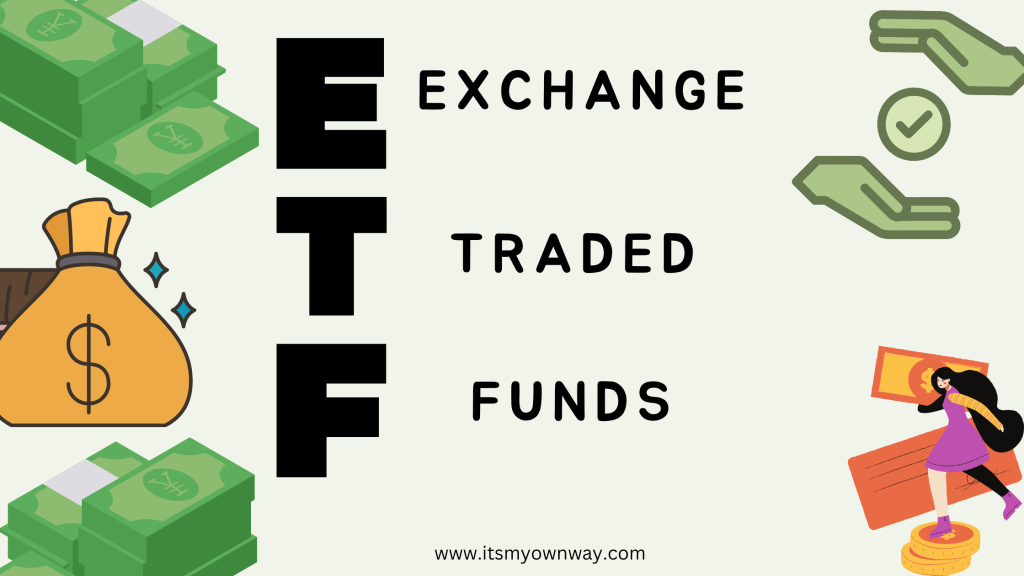Sustainable investing has become one of the most talked-about topics in finance. It’s hard to walk past a newsstand these days without seeing another article about some company or another launching a new sustainable ETF.
To many investors, this is great news. After all, why wouldn’t we want more businesses focusing on ensuring their investments are good for society? The problem is that there are so many different definitions of what it means to be sustainable that it’s challenging to know which companies and funds you should trust when evaluating whether an ETF is truly sustainable.
There are a few straightforward ways to check if sustainable ETFs are sustainable, and this blog post will explore some of them so that you can learn more about whether any given fund is a good choice for your portfolio.
Check the Track Record
While a fund’s sustainability is a very important factor, you shouldn’t get too hung up on it if you are looking at funds that track general indices.
As you should with any investment, check the track record to see the historical success of the fund. This is because sustainable funds are a relatively new concept, and only some funds you can confidently say are sustainable.
This will give you a good idea of how well the fund manager has performed and what kind of returns you can expect from the fund going forward.

Is the ETF Committed To Being Sustainable?
You’ll want to ensure that the ETF has adopted a sustainable investing philosophy, with sustainability being core to the fund’s mission.
An ETF’s parent company is often a good indication of whether the fund is sustainable or not. In many cases, sustainability has become the core of a fund company’s business model. There are now several firms that have built their entire business model on sustainable investing.
In other cases, the funds are still run by traditional investment companies. In these cases, the sustainability efforts have often been bolted on as a new fund-level initiative. This can make it more challenging to know how sustainable a fund is.
Is the Fund’s Portfolio Fully Transparent?
The fund’s portfolio transparency is another important factor when evaluating whether an ETF is sustainable.
The fund’s underlying holdings are usually made public, but the fund’s investment process can be harder to find out about. While you don’t need to know the exact weightings of every holding, you should be able to find out about a fund’s investment process. This will allow you to see whether there is a clear methodology for choosing which companies to invest in or if the fund is simply investing in whatever is most popular.
An important distinction is between funds that report their underlying holdings every quarter and those that report holdings daily. Daily reporting is considered more transparent and is often a sign that the fund is committed to sustainable investing.
Summing It Up
The world is waking up to unsustainable practices that cannot continue much longer. We understand that we can’t keep exploiting natural resources at the rate we have been without dire consequences. This is especially true regarding how companies conduct business and manufacture their products.
As such, financial service providers are responding to this growing demand for sustainable investing practices by creating sustainable ETFs that can be used to invest in companies or industries that promote sustainability. While these ETFs may appear similar on the surface, they tend to differ significantly once you dig deeper. So, it’s important to understand how to evaluate whether or not a particular investment qualifies as truly sustainable.










